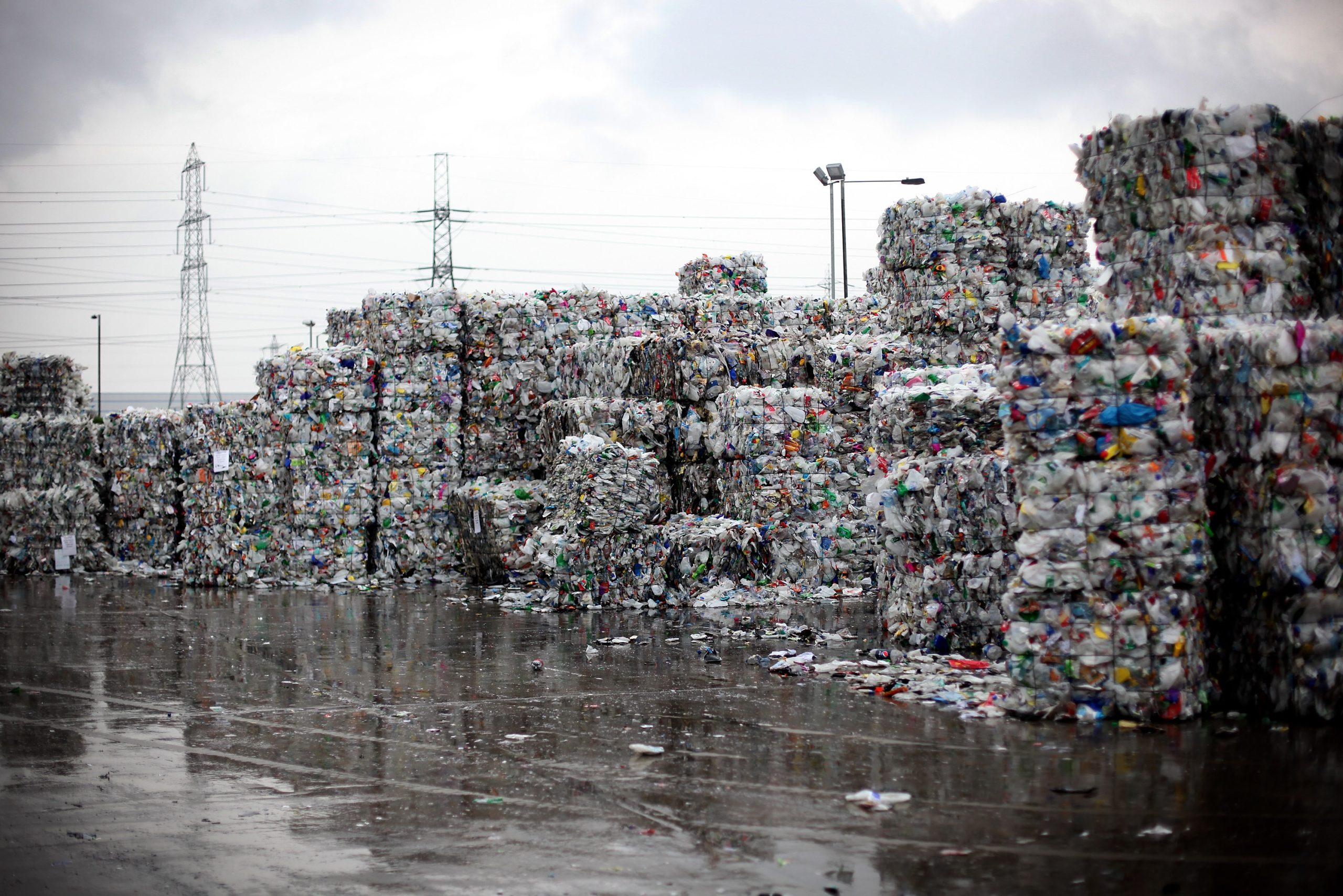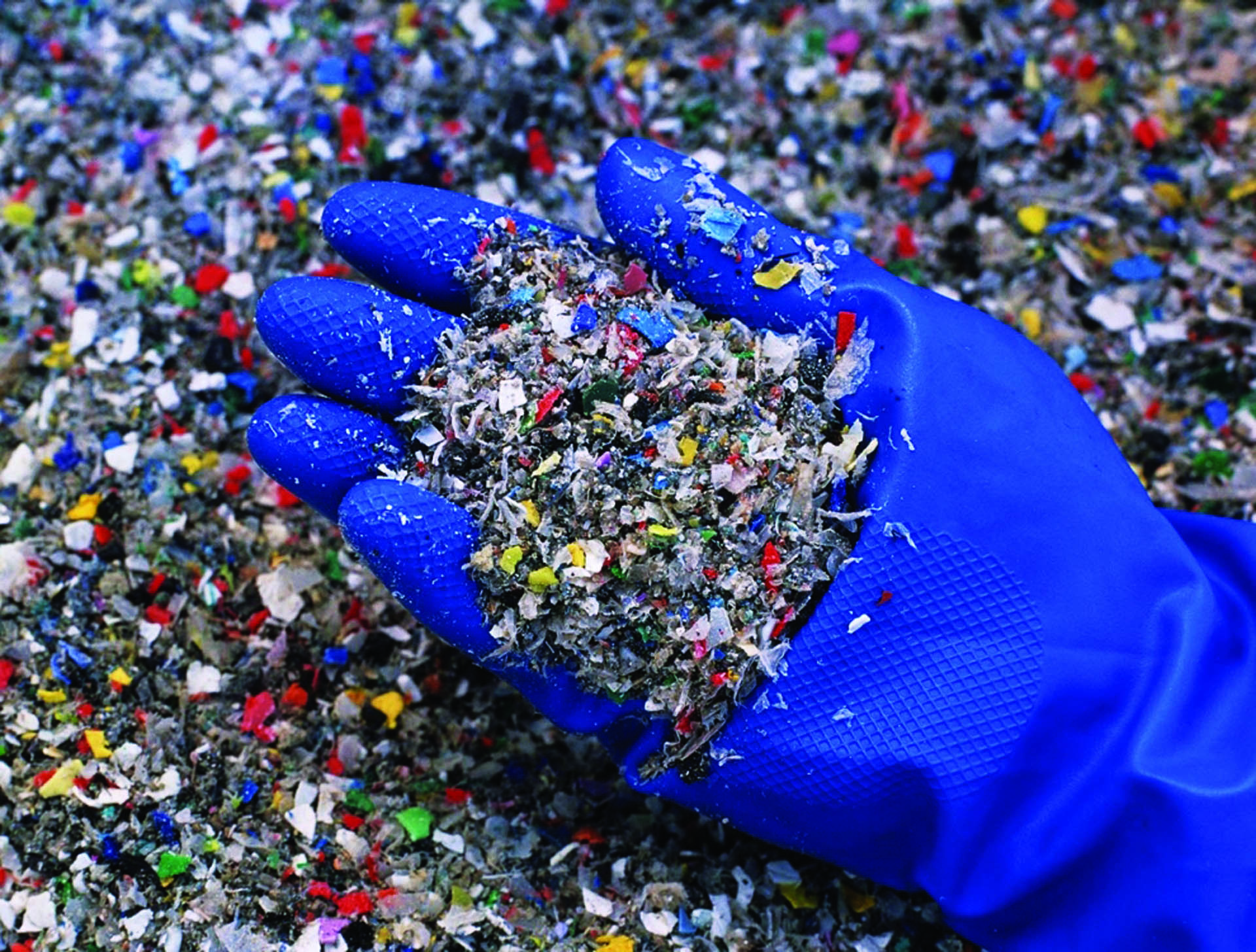In the relentless battle against plastic pollution, innovative solutions are imperative to transition towards a circular economy that minimizes waste and maximizes resource efficiency. One such groundbreaking solution gaining momentum is plastic pyrolysis – a process that holds the key to transforming plastic waste into valuable resources. This article explores the role of plastic pyrolysis in fueling the circular economy, shedding light on its processes, benefits, challenges, and the potential it holds for a more sustainable future. When you dive into this plant, learn about plastic pyrolysis plant cost.

Understanding Plastic Pyrolysis
At its core, plastic pyrolysis is a chemical process that involves breaking down plastic polymers into smaller molecules in the absence of oxygen, typically through the application of heat. This process results in the conversion of plastic waste into three main products: liquid fuel (pyrolysis oil), gas, and solid residue (char)。 The liquid fuel produced is often used as a substitute for fossil fuels, contributing to the reduction of greenhouse gas emissions.
Key Processes in Plastic Pyrolysis
Feedstock Preparation: Plastic waste is collected and sorted to remove contaminants such as metals, paper, and other non-plastic materials. The cleaned plastic is then shredded into smaller pieces.
Pyrolysis Reactor: The shredded plastic is fed into a pyrolysis reactor, where it undergoes heating in the absence of oxygen. This high-temperature environment causes the plastic to break down into its constituent components.
Product Collection: The resulting products – liquid fuel, gas, and char – are collected and further processed. The liquid fuel can be refined and used as a source of energy, while the gas can be utilized for heating or to fuel the pyrolysis process itself.
Residue Management: The solid residue or char can be employed in various applications, including as a carbon black substitute in the manufacturing of tires or as a construction material.
Benefits of Plastic Pyrolysis in the Circular Economy
1. Waste Reduction:
Pyrolysis machinery offers a tangible solution to the growing plastic waste crisis. By diverting plastic from landfills and incineration, it helps in reducing the burden on traditional waste management systems.
2. Resource Recovery:
The process enables the recovery of valuable resources from plastic waste. The liquid fuel obtained can serve as an alternative to conventional fossil fuels, contributing to energy security and resource diversification.
3. Energy Generation:
The liquid fuel produced through plastic pyrolysis can be used to generate electricity or heat, providing a sustainable energy source. This is particularly significant in regions facing energy shortages or relying heavily on non-renewable energy sources.
4. Carbon Footprint Reduction:
Compared to traditional waste disposal methods like incineration, plastic pyrolysis can result in lower carbon emissions. The conversion of plastic into fuel offers a more environmentally friendly alternative, contributing to overall carbon footprint reduction.
5. Circular Economy Integration:
Plastic pyrolysis aligns with the principles of the circular economy by closing the loop on plastic products. Instead of following a linear ‘take-make-dispose’ model, plastic pyrolysis facilitates the transformation of end-of-life plastics into new resources.
6. Economic Opportunities:
Embracing plastic pyrolysis creates economic opportunities by establishing a market for recycled plastic products. The production of valuable resources from plastic waste contributes to job creation and stimulates economic growth.

Challenges and Considerations
While plastic pyrolysis holds immense promise, it is not without challenges and considerations:
1. Technological Maturity:
The technology is still evolving, and advancements are needed to enhance efficiency, scalability, and economic viability. Research and development efforts are crucial to address existing limitations.
2. Feedstock Quality:
The quality of the plastic feedstock significantly influences the output of the pyrolysis process. Contaminants in the plastic waste, such as non-plastic materials, can impact the quality of the final products.
3. Regulatory Framework:
Adequate regulations and standards are essential to ensure the safe and environmentally responsible operation of plastic pyrolysis facilities. A clear regulatory framework supports the industry’s growth while addressing potential environmental and health concerns.
4. Public Perception:
Public awareness and acceptance play a vital role in the success of plastic pyrolysis. Education and outreach efforts are necessary to dispel misconceptions and build trust in the safety and efficacy of the technology. View the batch pyrolysis plant.
The Path Forward: Unlocking the Potential of Plastic Pyrolysis
As the world grapples with the plastic pollution crisis, plastic pyrolysis emerges as a beacon of hope in the quest for sustainable waste management. To unlock its full potential in fueling the circular economy, several key steps can be taken:
1. Research and Development:
Continued investment in research and development is crucial to refine and advance plastic pyrolysis technology. This includes improving efficiency, exploring new feedstocks, and developing innovative processes.
2. Collaboration and Partnerships:
Collaboration between governments, industries, and research institutions is essential to create a supportive ecosystem for plastic pyrolysis. Joint efforts can accelerate technological advancements and facilitate the scaling up of operations.
3. Public Awareness Campaigns:
Educating the public about the benefits and safety of plastic pyrolysis is essential to garner support. Transparent communication about the technology’s potential and its role in waste reduction is key to building trust.
4. Policy Support:
Governments should play a proactive role in fostering an enabling environment for plastic pyrolysis. This includes the development of supportive policies, incentives for investment, and regulatory frameworks that ensure environmental responsibility.
5. Integration into Waste Management Systems:
Plastic pyrolysis should be integrated into existing waste management systems. Strategic placement of pyrolysis facilities, especially in areas with high plastic waste generation, can maximize its impact on waste reduction.
Conclusion: A Circular Economy Fueled by Plastic Pyrolysis
In conclusion, plastic pyrolysis stands as a promising technology with the potential to reshape our approach to plastic waste. By harnessing the power of this innovative process, we can move closer to the vision of a circular economy where waste is minimized, resources are conserved, and the environmental impact is significantly reduced.
As plastic pyrolysis continues to evolve and gain acceptance, it becomes a beacon of hope in the global fight against plastic pollution. Through collective efforts, technological advancements, and a commitment to sustainability, plastic pyrolysis can play a pivotal role in fueling the circular economy and paving the way for a more sustainable and resilient future. Is this conversation helpful so far?